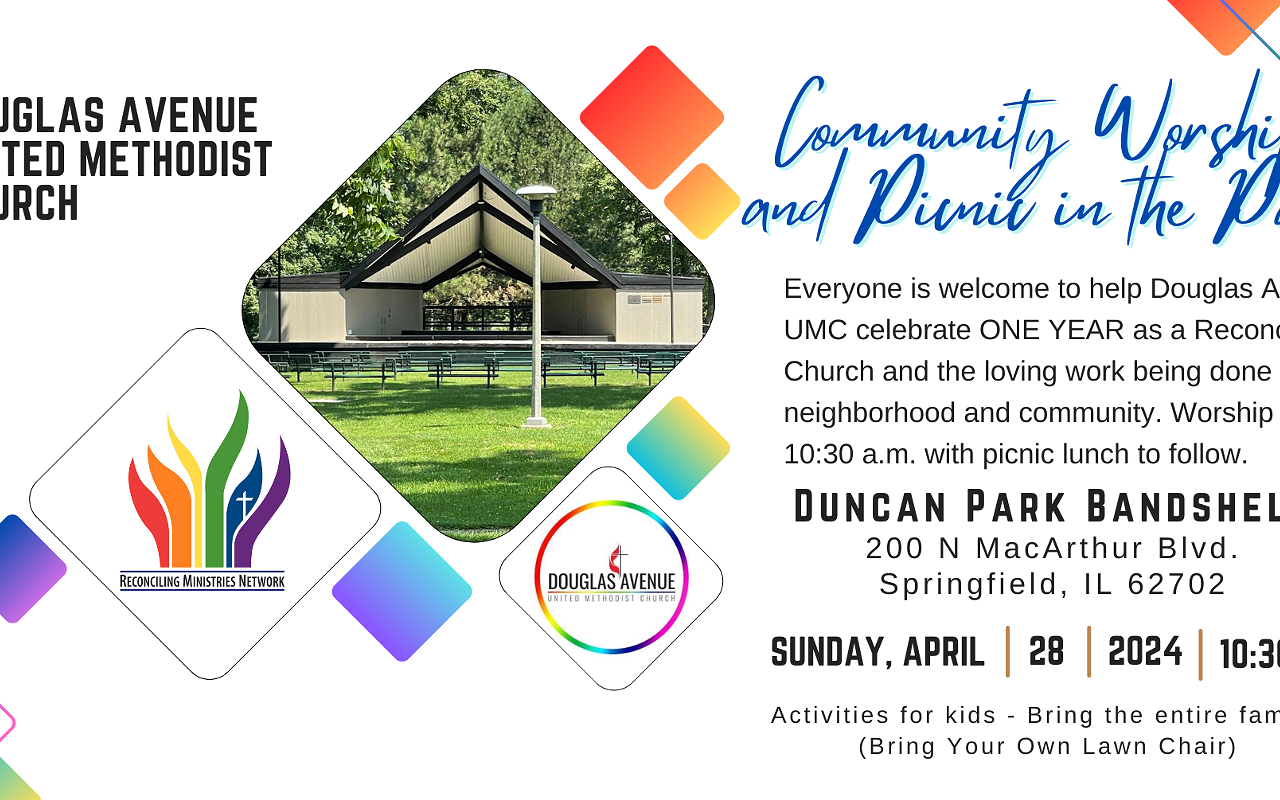Like you, I am frustrated with having to limit my movements and social interactions. I am worried daily about my family and friends, thankful for each day that averts bad news. I am terrified by the prospect that my children or my 90-year-old mother could become sick and I couldn't be there. I am horrified by the daily death counts in hot spots around the globe.
This is not easy.
Yet, my worrying is done in the confines of a spacious house with a large yard in a safe, walkable neighborhood. And while we are told that this virus doesn't discriminate, it actually does, because of deep, persistent and multifaceted societal inequities. Is anyone really surprised by the recent revelations that COVID-19 cases and deaths disproportionately affect low-wage workers and the poor and by extension their families and communities?
The low-wage job sector includes salespeople, waiters, grocery store cashiers, farm laborers, hotel housekeepers, restaurant and entertainment workers. It includes the folks to whom we entrust our children at child care centers, the CNAs who provide daily assistance to our elderly, and many workers who help keep our hospitals operating.
Not only are workers in these sectors less likely to work full time, they often have the fewest labor protections such as paid sick leave and health insurance. Many also can't work remotely so, for those "lucky" enough to still have a job, just going to work exposes them to potential sickness and death. These workers are disproportionately renters who often pay a high portion of their incomes for housing alone. Child care consumes another big chunk and entrenched health disparities leave many completely vulnerable in today's health crisis.
This pandemic is shining light on the devastating global disparities between those with resources and those without. Many of these same conditions exist in Springfield and, while poverty exist across Springfield, East Springfield sees the highest concentration of poverty and all of its associated challenges. However, despite having been neglected by the larger community for decades, the area enjoys a strong community network, many assets like churches and small businesses, and a resilient, hard-working population. East Springfield is worth fighting for.
Consider some of the data about Springfield from the city's 2015-2019 Consolidated Plan, which is required by the U.S. Department of Housing and Urban Development to receive certain federal funds. This report and annual updates, posted on the city's website under the Office of Planning and Economic Development, uses various data sources and years but notes little change over several reporting periods. According to the plan:
• There were 50,498 households in Springfield and the median household income was $48,022.
• There were 19.8% of Springfield residents that had incomes below the poverty level compared to 17.5% for Illinois and 15% nationwide.
• East Springfield had the highest concentration of people per household, highest number of boarded properties, and more than 40% of the population lived in poverty.
• There were 12,753 Springfield households that were considered "cost-burdened," meaning 30-50% of their income was spent on housing costs and 6,814 households were "severely cost-burdened" with more than 50% of their income spent on housing costs.
• There were 5,095 households in Springfield earning less than 30% of the area median income that pay more than 50% of their income toward housing. These households are at imminent risk of homelessness.
• There were nearly 3,000 units of affordable housing in Springfield, which included public housing units and Section 8 vouchers. There were 1,711 households on the Section 8 waiting list and 1,304 households on the waiting list for public housing.
• There were 450 Springfield households that lacked complete plumbing or kitchen facilities and 640 Springfield households that were considered overcrowded or severely overcrowded.
Recently, while discussing the ways in which COVID-19 disproportionately affects people of color, the U.S. Surgeon General stated that these types of systemic inequities are undeniably part of America's past but don't have to be our future. Perhaps when we wake up from this nightmare we will have committed to ending the income and wealth gaps – and all the disparities that flow from them – in Springfield and across America. To do so will require commitment, political will and some sacrifice from those who have more. But it's the right thing to do and we all know it.
Sheila Stocks-Smith is the founder and president of Urban Action Network (UAct), a nonprofit 501(c)3 organization formed in 2015. UAct works with and supports local activists and community-based organizations in East Springfield to empower residents and strengthen neighborhoods. For more information on UAct go to www.urbanactionnetwork.org and visit on Facebook.


















